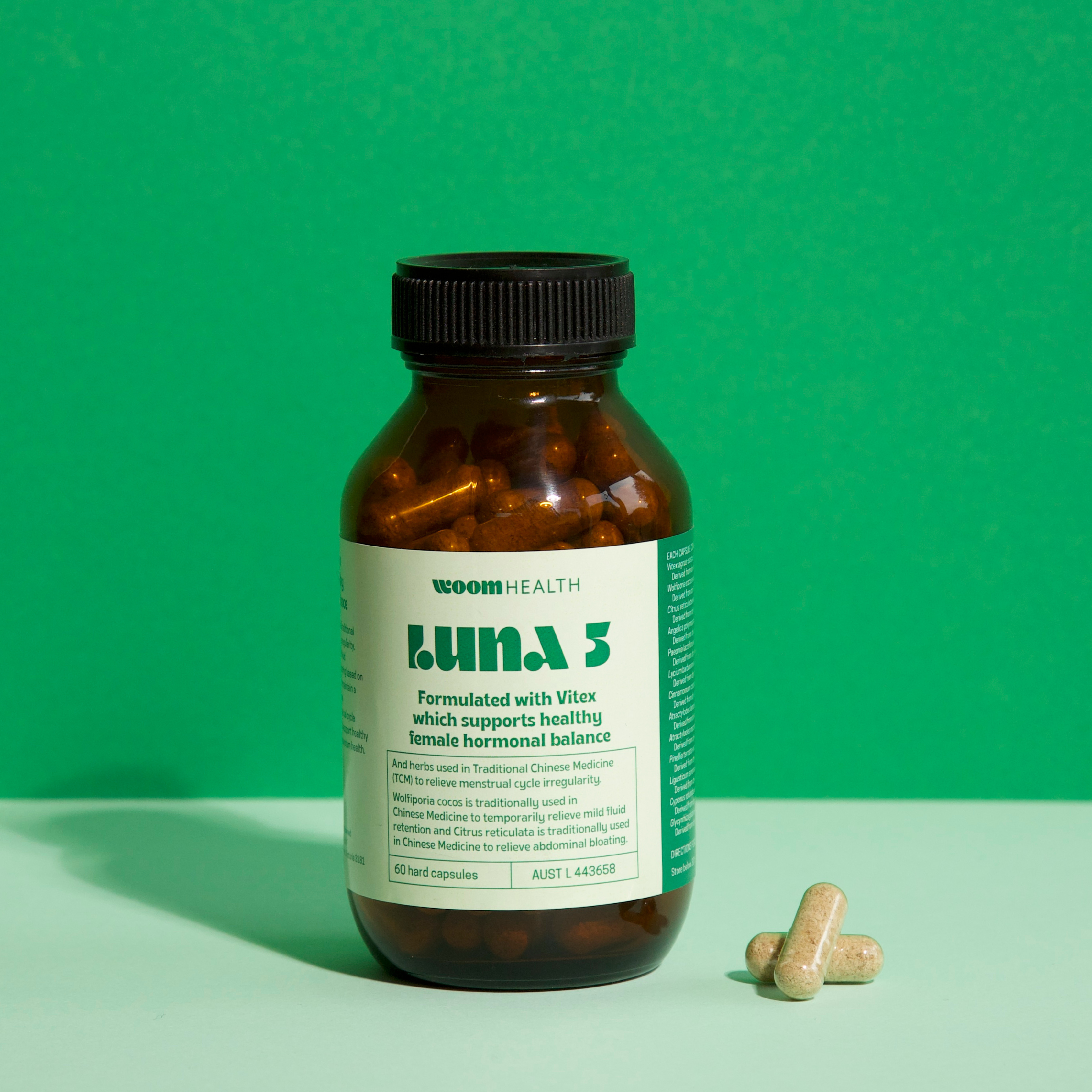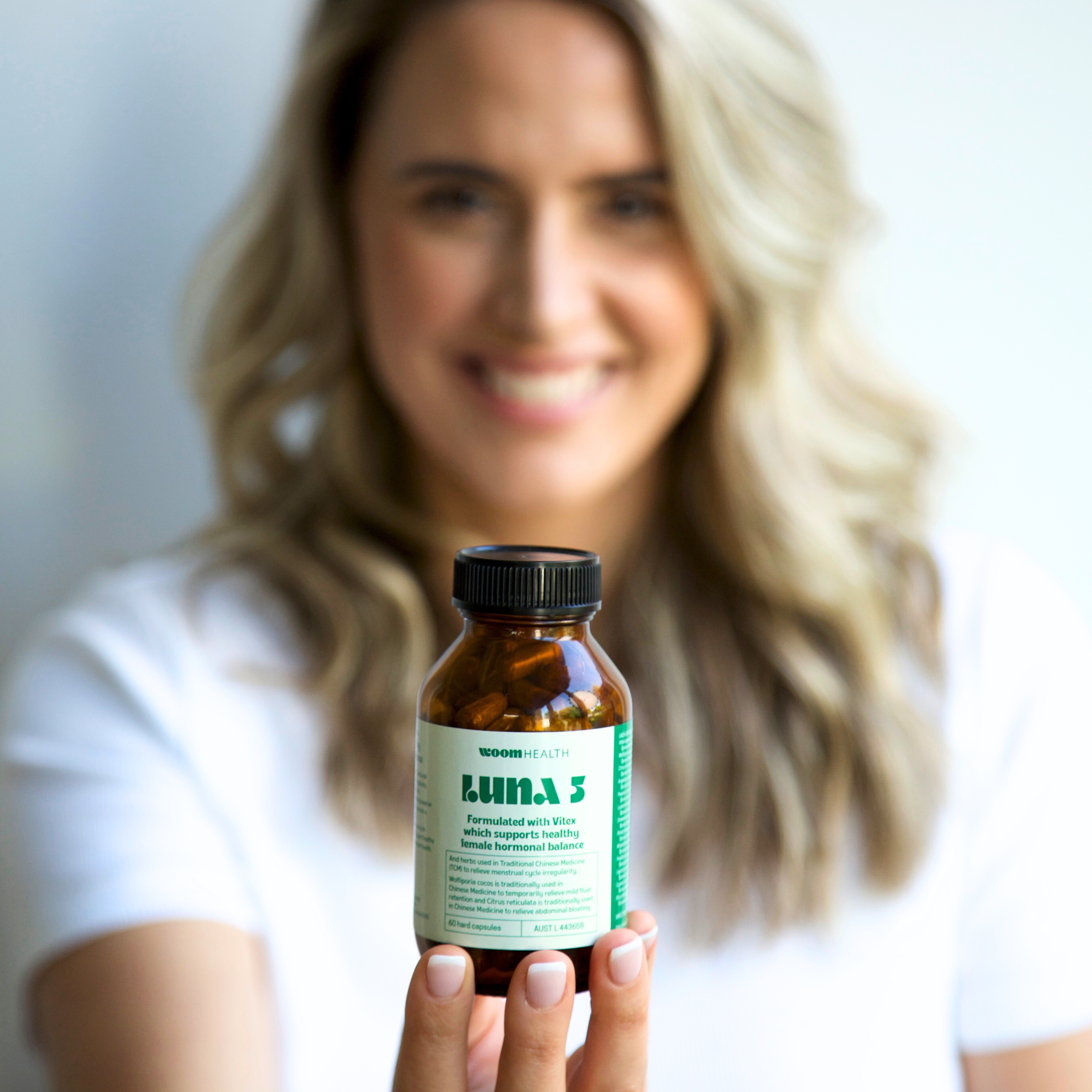What is Adenomyosis

Adenomyosis is known as the mean sister of endometriosis. This gynecological condition may affect 20% – 65% of females with a womb, and like endo, it requires lifelong management, and it can have adverse effects on menstrual cycles and fertility.
The definition of adenomyosis
Adenomyosis (ad-en-O-my-oh-sis) is an oestrogen-dependent gynaecological condition. It’s characterised by the presence and invasion of endometrial glands and stroma (endometrial tissue) that grow into the muscle layer of the myometrium.
The myometrium is the muscle layer of the uterus, and it’s composed of smooth muscle. It is hormone-sensitive but it is even more so during pregnancy – for labour.
The presence of endometrial glands and stroma in the myometrium changes the normal shape and architecture of the uterus. The endometrial tissue follows the menstrual cycle, thickening then breaking down to release a bleed.
Over time, this causes destruction to the typical shape of the uterus and increases the thickness of the uterine wall. In transvaginal ultrasounds, the uterus is often described as “BULKY or ENLARGED uterus” in those with adenomyosis.
The symptoms of adenomyosis
Adenomyosis typically occurs in menstruators between the ages of 35 and 50.
Like sister endo, many symptoms accompany adenomyosis. It has a tremendous impact on the quality of life, causing many menstrual issues such as:
- Cramping – Severe menstrual cramps
- Dysmenorrhea (painful periods)
- Menorrhagia (heavy periods)
- Miscarriages
- Infertility [2]
- Preterm birth
- Bloating (distended abdomen), swelling
- Irregular bowel movements
- Pelvic Pain
- Pain during intercourse
- Nausea, mood swings, fatigue
If you have both adenomyosis and endometriosis symptoms, it’s vital that your provider investigates the underlying causes of your heavy menstrual bleeding, severe period pain, and pain accompanying sex. Remember – these symptoms are NOT normal!
The cause of adenomyosis - A mystery to solve
The cause of adenomyosis is a mystery. The most common theory is that adenomyosis results from the migration of ectopic endometriotic tissue into the myometrium (the smooth muscle layer of the uterus) [2].
In a 2012 study, “Patients with adenomyosis are more likely to have deep endometriosis”, it was discovered that the prevalence of adenomyosis in patients with endometriosis was 42.76% [3].
The study also found severe or incapacitating dysmenorrhea (painful periods) or dyspareunia (painful intercourse) in patients with both endo and adeno.
Being diagnosed with adenomyosis
Unfortunately, diagnosis is often missed and menstruators may suffer for years in “painful” silence.
Diagnosis for adeno is often via transvaginal ultrasound. However, MRI represents the most accurate method for detection [4]. For some menstruators who’ve had laparoscopic surgery, they are often told post-surgery they have adenomyosis.
Adenomyosis often coexists with other reproductive or gynaecological conditions! The most recent research highlights that adeno is often more present in women with fibroids or endometriosis [5].
Treatments for adenomyosis
For many diagnosed with adenomyosis, the choice of treatment was traditionally a hysterectomy. For young individuals who still wish to start a family, this is often a drastic option!
Other common treatments include anti-inflammatory drugs and hormonal birth control, such as the Pill. However, these “treatments” only mask symptoms and don’t treat the Ben and Biao of adeno.
We have your back adeno sisters!
Adenomyosis is common but also an under-recognised pathology and condition. It requires lifelong management and a strong support network is essential! It is possible to manage your symptoms of adenomyosis through lifestyle changes and balancing hormones.
Hands up if you have both adeno and endo? Adenomyosis sisters – we’re here for you!
See the science:
- Harada T, Khine YM, Kaponis A, Nikellis T, Decavalas G, Taniguchi F. The impact of adenomyosis on women’s fertility. Obstet Gynecol Surv. 2016;71(9):557-568.
- Zhai J, Vannuccini S, Petraglia F, Giudice LC. Adenomyosis: Mechanisms and pathogenesis. Semin Reprod Med. 2020;38(2-03):129-143.
- Gonzales M, de Matos LA, da Costa Gonçalves MO, et al. Patients with adenomyosis are more likely to have deep endometriosis. Gynecol Surg. 2012;9(3):259-264.
- Vannuccini S, Petraglia F. Recent advances in understanding and managing adenomyosis. F1000Res. 2019;8:283.
- Weiss G, Maseelall P, Schott LL, Brockwell SE, Schocken M, Johnston JM. Adenomyosis a variant, not a disease? Evidence from hysterectomized menopausal women in the Study of Women’s Health Across the Nation (SWAN). Fertil Steril. 2009;91(1):201-206.








